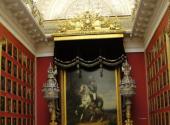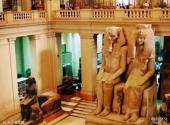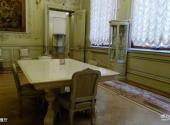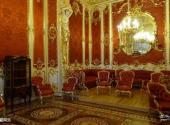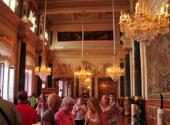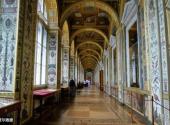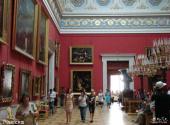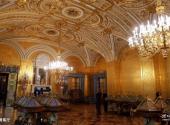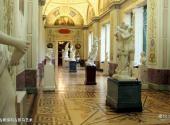
Scenic spot introduction:
The Hermitage Museum in Saint Petersburg The Hermitage Palace The Hermitage is one of the four largest museums in the world, along with the Louvre in Paris, the British Museum in London, and the Metropolitan Museum of Art in New York. The three collections of ancient Greek vase painting, ancient Roman sculpture and Western European art in the Hermitage Museum are well-known in the world collection circle, and the oil painting collection covers a span of 700 years from the 14th to the 20th century, including works by Leonardo da Vinci, Picasso, Raphael, etc. Leonardo da Vinci's "Madonna with Flowers" and "Madonna Leda", Raphael's "Madonna of Conestabile" and "Holy Family", and Michelangelo's sculpture "Little Boy Curled Up" are all treasures of the museum.Attractions distribution:
The Russian State Hermitage Museum consists of five buildings built in different periods, namely the Winter Palace, the Small Hermitage Palace, the Grand Hermitage Palace, the New Hermitage Palace, and the Hermitage Theatre. The exhibition corridors are nearly 20 kilometers long in total.The Winter Palace covers a total area of 90,000 square meters, with 1,057 rooms, 1,886 doors and 1,945 large windows. It is the largest and most distinctive Baroque building in St. Petersburg. The Winter Palace was first built between 1754 and 1762, burned down in a fire in 1837, and rebuilt between 1838 and 1839. During World War II, the Winter Palace was severely damaged again, and was restored again after the war. After the October Revolution, it became part of the State Hermitage Museum in St. Petersburg.
The Hermitage Museum was originally the private museum of Empress Catherine II: In 1764, Russian Empress Catherine II founded the "Wonderful House" and purchased 250 paintings by Rembrandt, Rubens and others from Berlin, Germany, and hid them in the house, and called the Wonderful House "Hermitage" (Hidden Palace). Today, in the spacious and bright exhibition halls of the Winter Palace, there are a total of 2.7 million cultural relics of various types, including about 15,000 paintings, about 12,000 sculptures, about 620,000 prints and sketches, about 600,000 unearthed cultural relics, 260,000 practical artworks, and about 1 million coins and medals. The collection is divided into seven parts: primitive cultural history, ancient Greek and Roman culture and art, oriental ethnic culture and art, Russian culture, Western European art history, coins, and crafts, and is displayed in more than 350 exhibition halls in order of region and chronology. It is known as the world's longest art gallery.
Scenic spot qualifications:
World HeritageScenic spot features:
Cultural tours, museums, Catherine II, palaces, western architecture, city tours, museumsAttraction Address
Travel Guide
Travel Notes of Travellers:
- Travel Guide: Russia 7-Day Travel Guide 2017
- Traveling Alone: Northern Europe + Russia + Beijing 16 Days Tour (Part 2) Russia
Best time to visit:
All seasons
Tourist Transportation
Scenic spot location:
Europe > Russia > Saint Petersburg
How to get there:
The Hermitage Museum is located at 34 Palace Embankment Street. Walk to the end of Nevsky Prospekt and turn right to reach the museum. You can also take the subway in St. Petersburg and get off at Nevsky Probekt Station.
Scenic area map:
3D real scene of scenic spot
Attraction Tickets
Museum ticket prices:
Foreign tourists: 350 rubles/person, domestic tourists: 100 rubles/person, and student ID: 50 rubles/person.
Unlike the Louvre, photography is allowed in the Winter Palace, but there is an additional charge for equipment: 250 rubles per person for a camera and 300 rubles per person for a video camera.
Scenic area opening hours:
Every day except Monday, 10:30am - 5:00pm.

